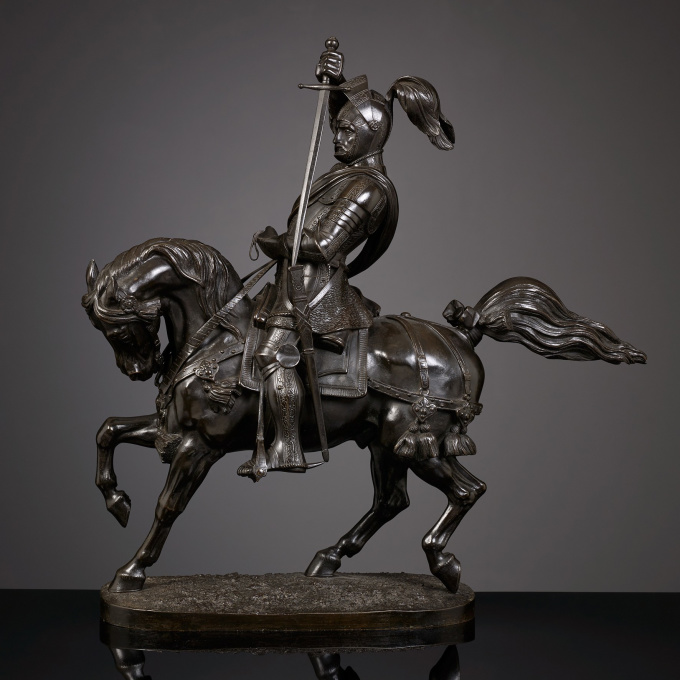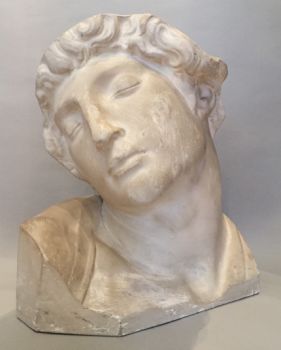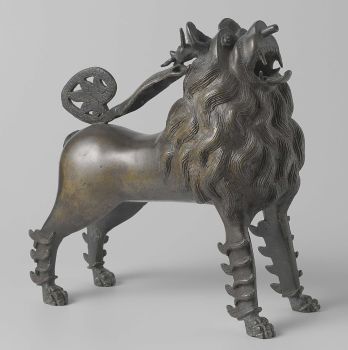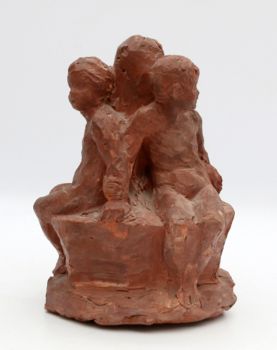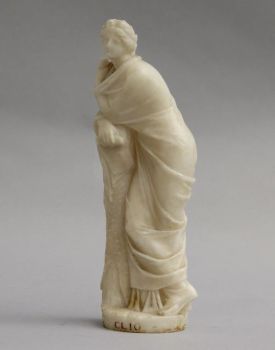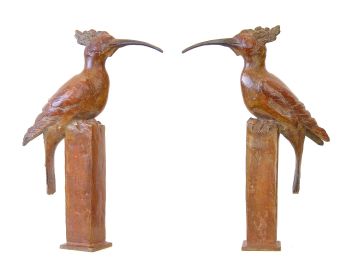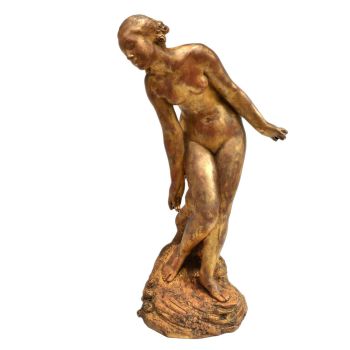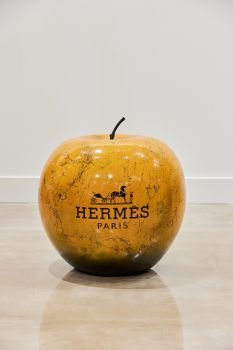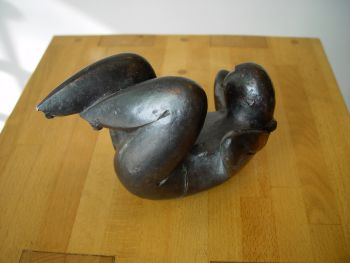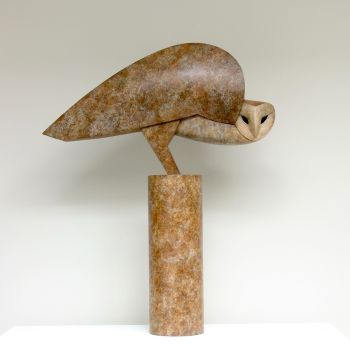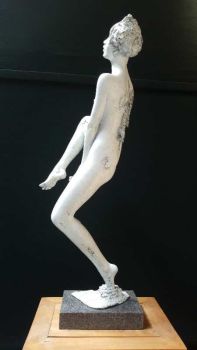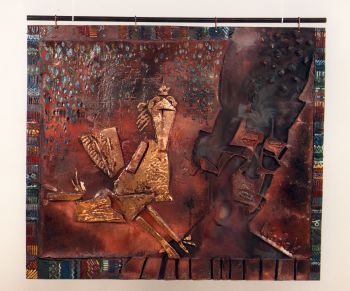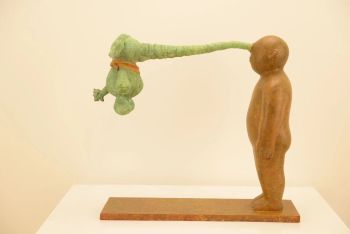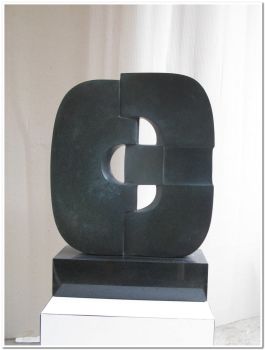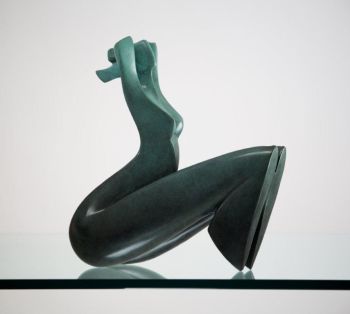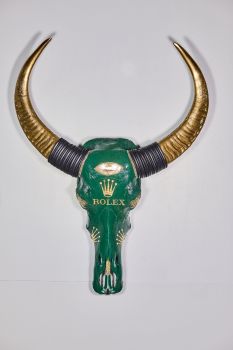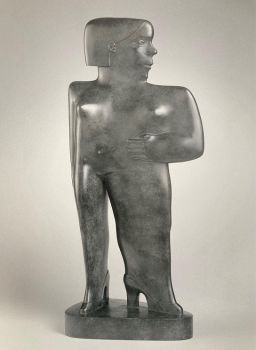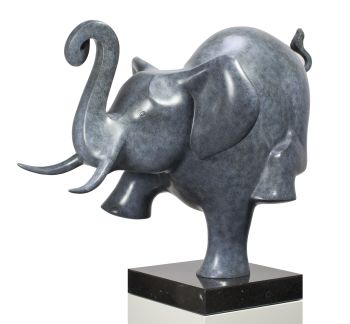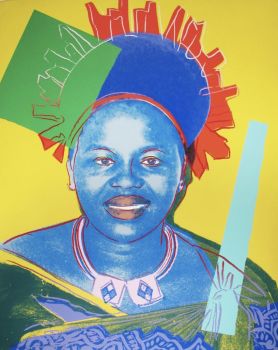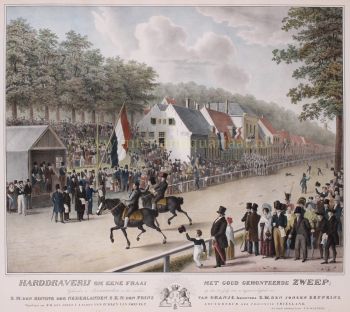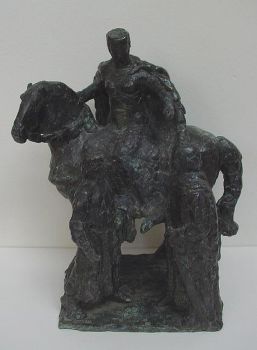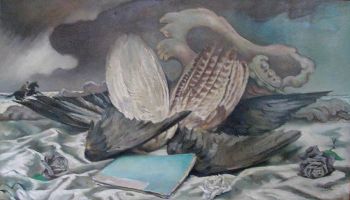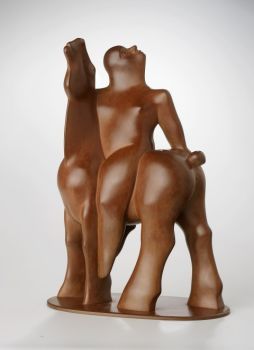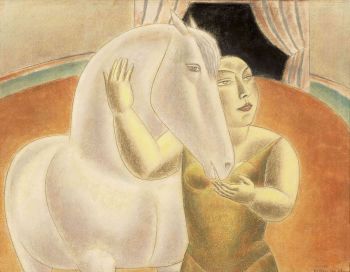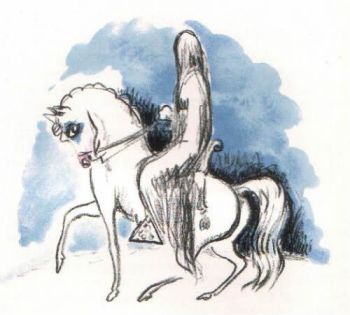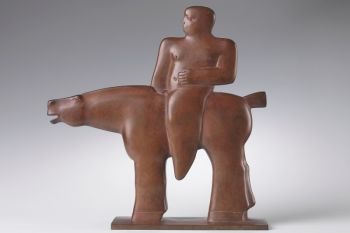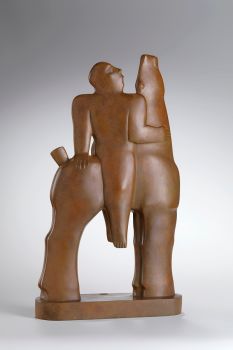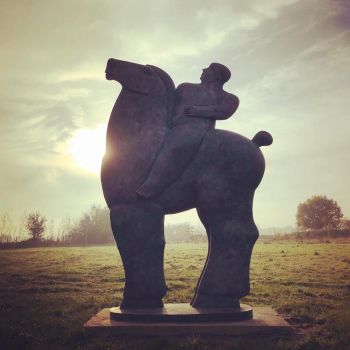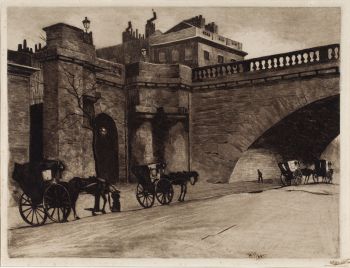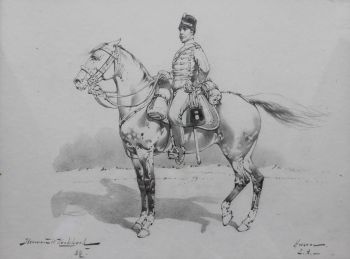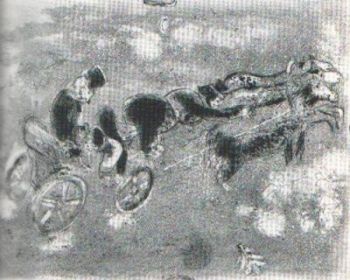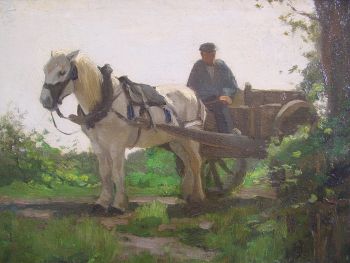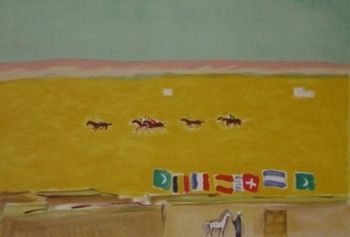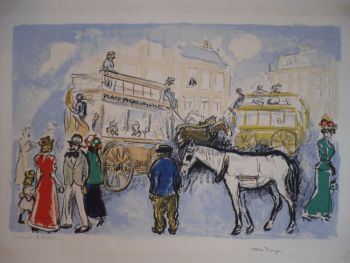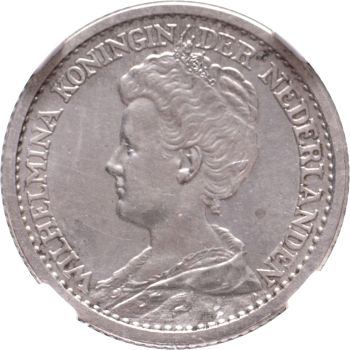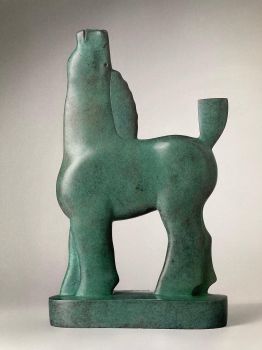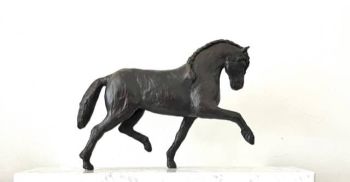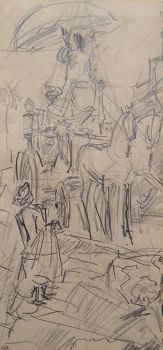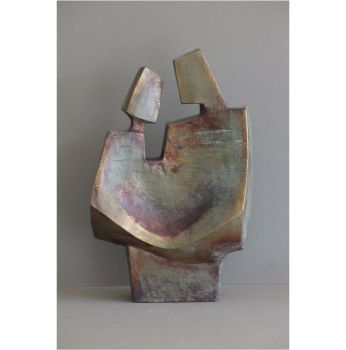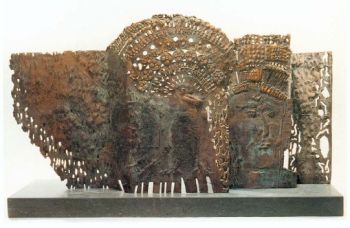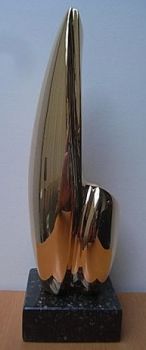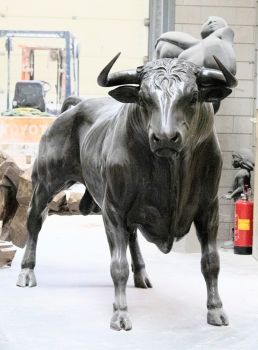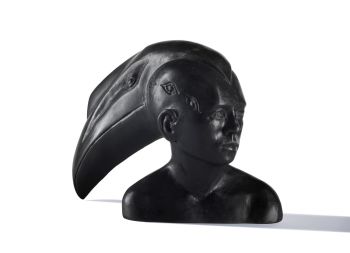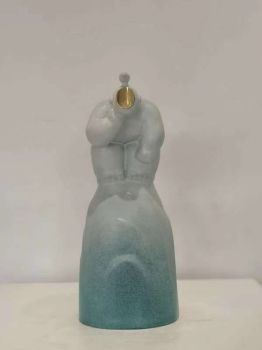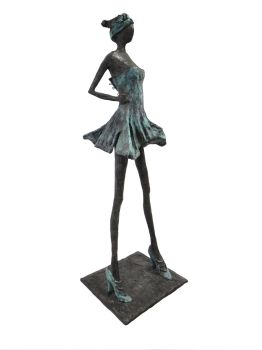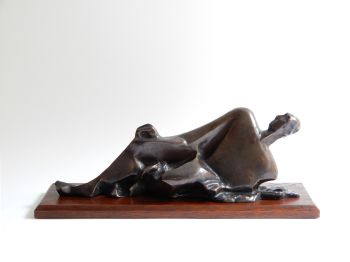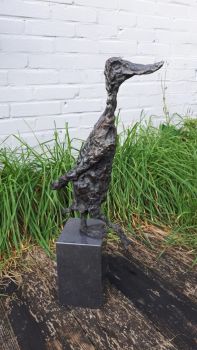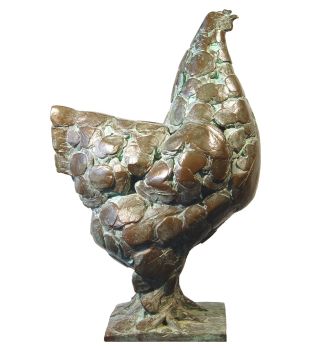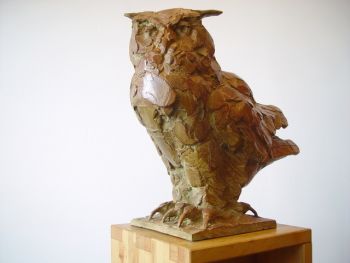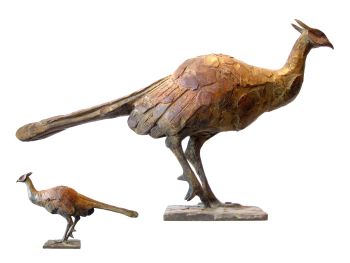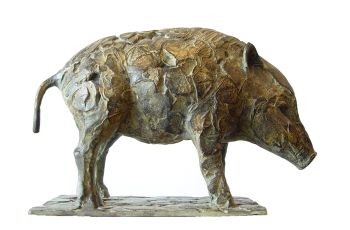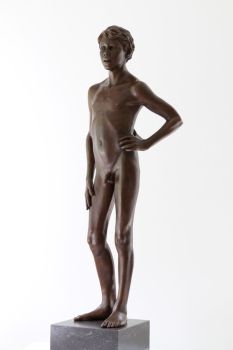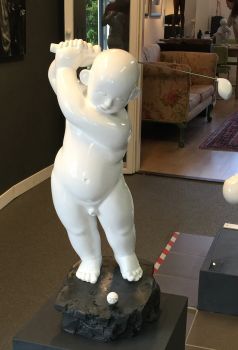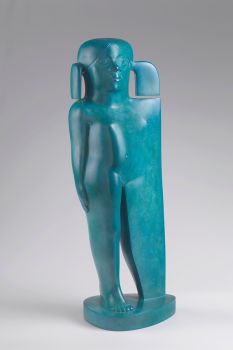Equestrian Statue of Emanuel Philibert de Savoye 1836 - 1840
Carlo Marochetti
BronzoMetallo
56 ⨯ 55 ⨯ 26 cm
Attualmente non disponibile tramite Gallerease
- A proposito di opere d'arteEmanuel Philibert
Emanuel Philibert duke of Sovay, also called Testa di Ferro (Chambéry 1528 – 1580 Turin), was the only child of Charles III of Savoy and his wife Beatrix of Portugal that survived childhood. Emanuel Philibert succeeded Charles III after his death. In 1536, though, he lost his land under the French occupation. Nevertheless, Emanuel Philibert stayed loyal to the house of Habsburg. In 1551 he lead the defense of Barcelona, withstanding the French and earning his sobriquet “Ironhead”. Later in 1551 Emanuel Philibert was awarded the title duke of Savoy, despite the fact that he did not have a duchy. From 1555 to 1559 Emanuel Philibert was governor of the Austrian Netherlands, in service of his cousin Filips II. Emanuel Philibert duke of Savoy was a contemporary of William of Orange.
Carlo Marochetti (1805 – 1867)
Carlo (Charles) baron Marochetti was born in Turin in 1805, but grew up in Paris as a French citizen. After he finished the Lycée Napoleon Marochetti was educated at the École des Beaux Arts. He also spent some time in Rome. His first tutors in sculpture were François Bosio and Antoine-Jean Gros. From 1829 onwards Marchetti is gaining appreciation. Famous monuments of Marochetti can be found in England (among others, Richard Lionheart near Westminster), France (Théophile de la Tour d’Auvergne in Carhaix) and Italy (Emanuel Philibert on the Piazza san Carlo in Turin).
The commission for the equestriam statue of Emanuel Philibert came from king Charles Albert of Savoy, as a tribute to his ancestor, and to commemorate the military audacity of his dynasty. Marochetti made the statue in 1838 in Paris. It was his first major assignment and his first equestrian statue. Before the statue was put on its intended position in Turin, it was exhibited on the courtyard of the Louvre. This work was the breakthrough of Marochetti as a sculptor. After this assignment others followed, like the equestrian statues of the Duke of Wellington and Richard Lionheart.
The popularity of the statue of Emanuel Philibert led to the production of reduced copies, like this one, as soon as 1838. - A proposito di opere artistaCarlo Marochetti è nato a Torino ma è cresciuto a Parigi come cittadino francese. I suoi primi insegnanti furono François Joseph Bosio e Antoine-Jean Gros a Parigi. Lì la sua statua di Una giovane ragazza che gioca con un cane vinse una medaglia nel 1829 e il suo angelo caduto fu esposto nel 1831. Tra il 1822 e il 1830 studiò principalmente a Roma. Dal 1832 al 1848 visse in Francia. A Parigi, realizzò una tavola raffigurante la Battaglia di Jemappes per l'Arco di Trionfo, l'altare nella chiesa della Madeleine e la tomba di Vincenzo Bellini nel cimitero di Père Lachaise. Mentre viveva a Parigi, creò anche il monumento equestre di Emmanuel Philibert che si trova in una piazza centrale di Torino. Seguì il re francese Louis-Philippe in esilio nel Regno Unito dopo la caduta della monarchia di luglio nel 1848. Trascorse la maggior parte del suo tempo da allora fino alla sua morte a Londra. Viveva a Onslow Square e aveva un grande studio e la sua fonderia, vicino a Sydney Mews. Tra le sue opere principali c'erano le statue della regina Vittoria, di Colin Campbell, del I barone Clyde (eretto nel 1867 a Waterloo Place) e del re Riccardo Cuor di Leone. Il Richard Coeur de Lion (statua) fu esposto nella Grande Esposizione e una copia in bronzo fu realizzata nel 1860 per essere esposta di fronte al Palazzo di Westminster, dove è rimasta da allora. La sua statua di Robert Stephenson (installata nel 1871) si trova ancora nel piazzale della stazione di Euston. Ha realizzato un busto di William Makepeace Thackeray per l'Abbazia di Westminster. Ha anche creato le effigi in marmo sdraiate per la tomba della regina Vittoria e del principe Alberto nel Mausoleo reale di Frogmore nel Windsor Great Park e la statua sulla colonna commemorativa del duca di Wellington fuori dalla Stratfield Saye House. Dal 1864 collaborò con Sir Edwin Landseer sui quattro leoni di bronzo da collocare intorno alla base della Colonna di Nelson a Trafalgar Square, e li gettò nella sua fonderia. Come scultore preferito della regina Vittoria, gli fu commissionato di realizzare la figura seduta del principe Alberto per l'Albert Memorial a Kensington Gardens. Tuttavia la prima versione fu respinta dall'architetto del monumento, Sir George Gilbert Scott, e Marochetti morì prima che potesse essere completata una seconda versione soddisfacente. Marochetti fu creato barone dal re di Sardegna e fu anche cavaliere della Legion d'Onore. Fu eletto socio della Royal Academy nel 1861 e accademico a pieno titolo nel 1866.
Related artworks
- 1 - 4 / 24
Willem Witsen
Waiting carriages in front of Waterloo Bridge1850 - 1900
Prezzo su richiestaKunsthandel Pygmalion
H.J. van der Weele
Horse and carriage in landscape1850 - 1900
Prezzo su richiestaKunsthandel Pygmalion
1 - 4 / 24- 1 - 4 / 24

